价格符号怎么用英语表示
In written English, there are several ways to indicate the price of a product or service. The most common ways are to use the dollar sign ($), pound sign (£), euro sign (€), or yen sign (¥) followed by the numerical value.
For example, $10.99, £7.99, €4.99, or ¥100.
In some cases, the currency name may be spelled out instead of using the symbol. For instance, 'ten dollars' or 'seven pounds and ninety-nine pence.'
When writing about prices, it's important to be consistent with the currency symbol or name used throughout the text. Additionally, it's helpful to clarify whether the price includes tax or not, especially when dealing with international audiences.
When writing about prices in a list or table, it's common to use the currency symbol or name once at the top of the list or table to indicate the currency being used.
For example:
| Item | Price |
|------|-------|
| T-shirt | $19.99 |
| Hoodie | $39.99 |
| Backpack | $59.99 |
In informal contexts, it's also common to use abbreviations such as 'bucks' for dollars or 'quid' for pounds.
https://easiu.com/common/images/5XDyen0VKK_1.jpg
Overall, using clear and consistent pricing symbols and conventions is essential for effective communication in written English.

海尔洗衣机的排水阀在哪
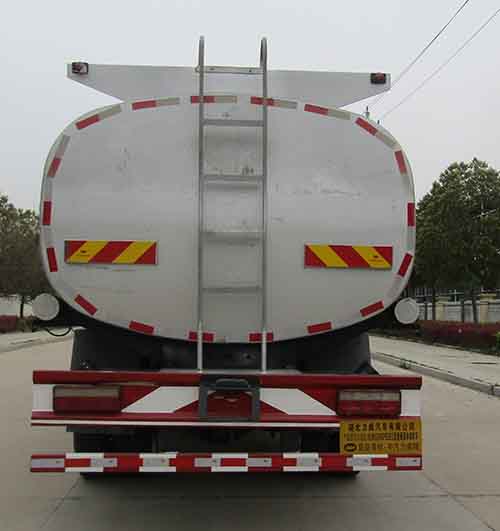
乐华42l23液晶电视

奥克斯南宁售后网点
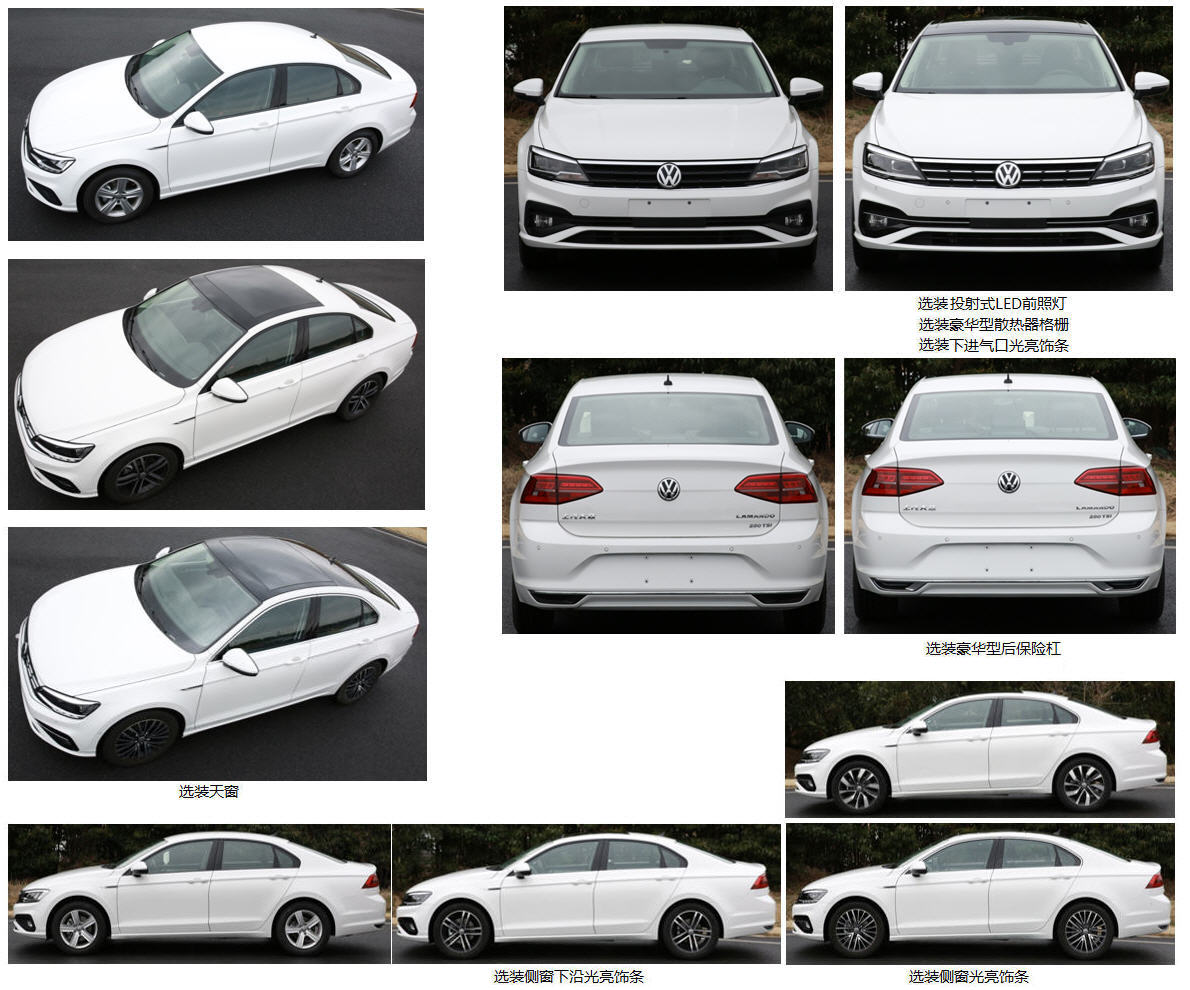
TCL电原板L24F主板

创维42e309r可以链接

创维29d18ht自放电路图

电磁炉pn8124f电路图
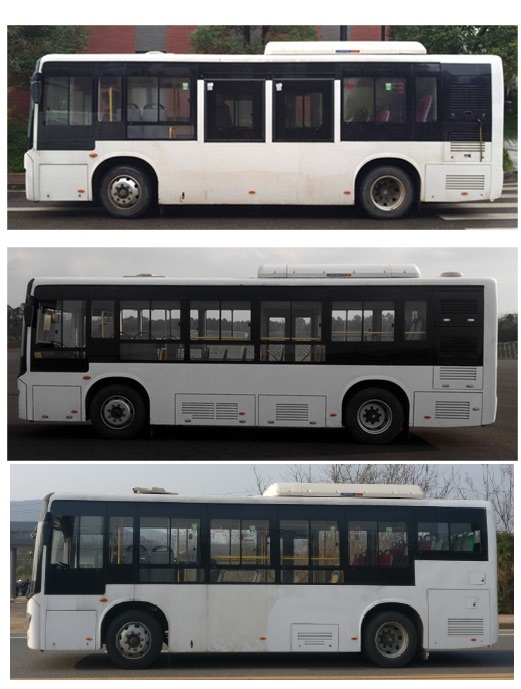
电动车转换器电路

led电视成像原理

格力空调遥控编码
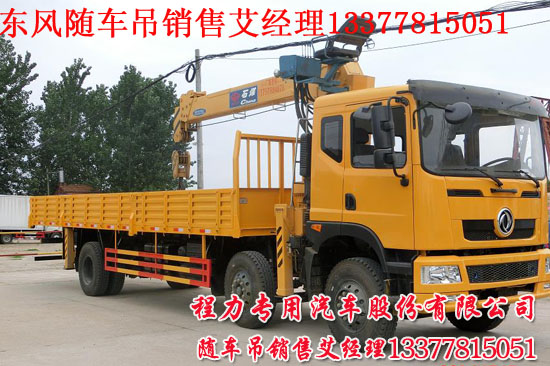
海信hdp 行抖

led32e330n主板
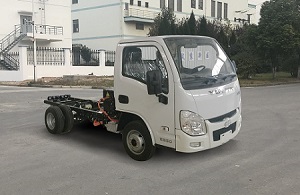
艾美特石家庄售后维修点查询
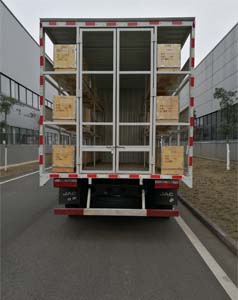
创维37L16HC接口

三菱中央空调保修几年
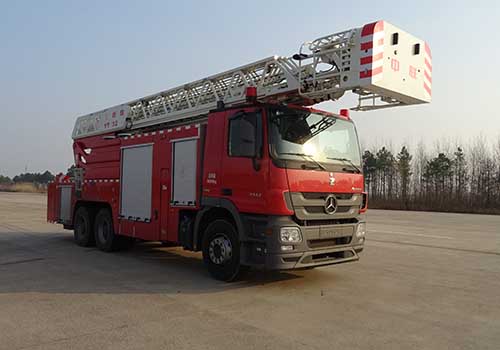
康佳液晶电视40f1200宽带连接

led恒流驱动电源维修

热水器一直是加热状态
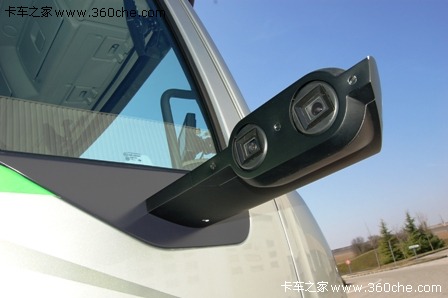
长虹电视图像颜色模糊

吉林市空调维修